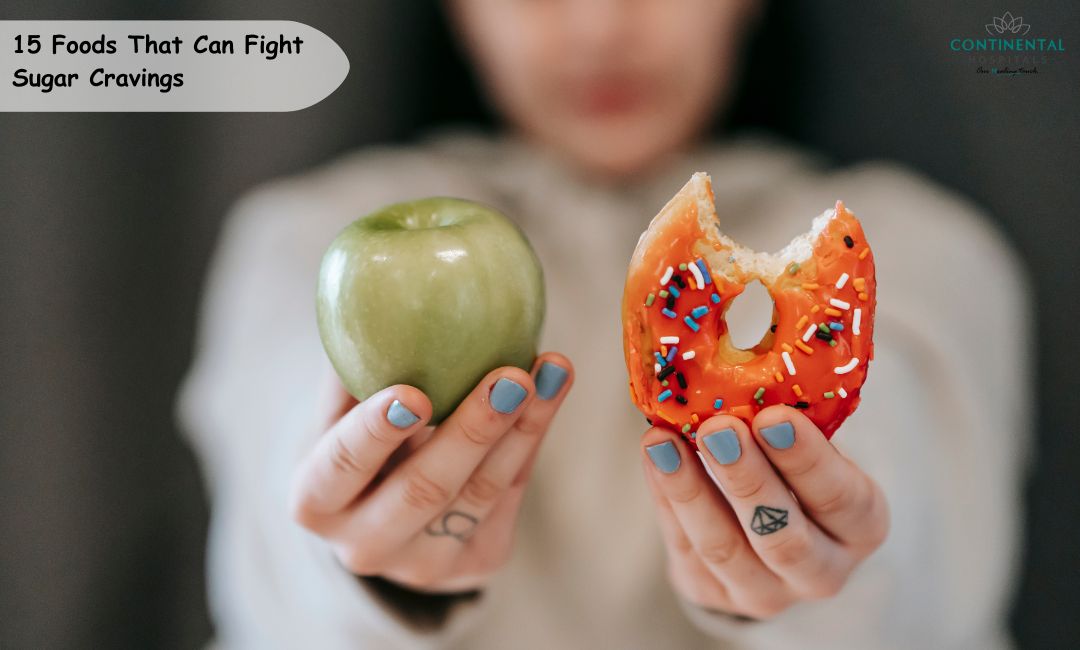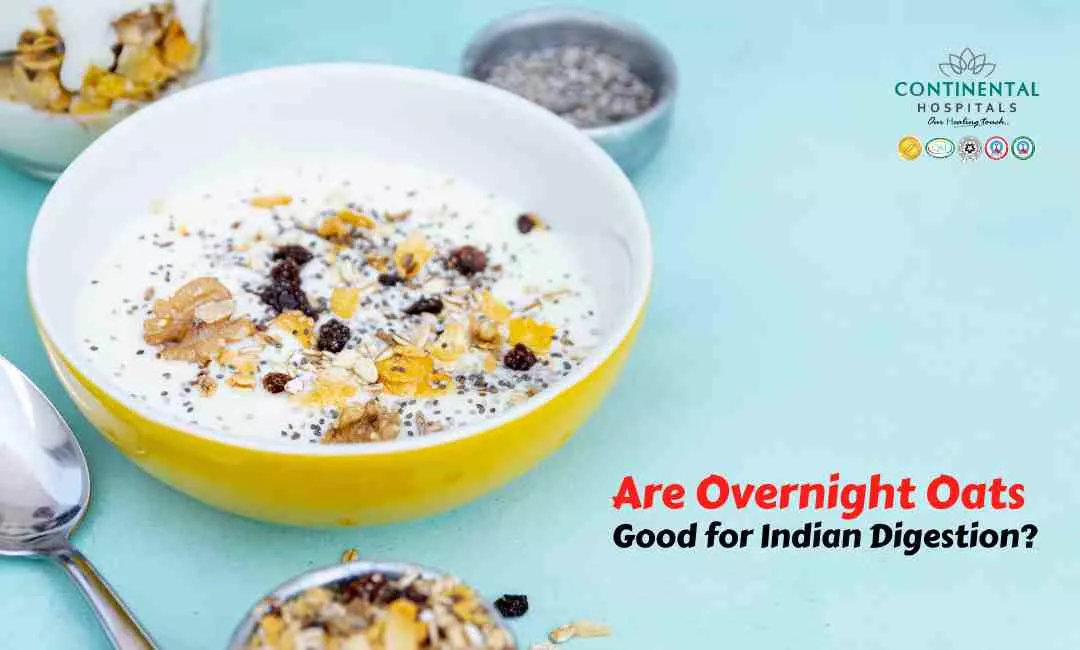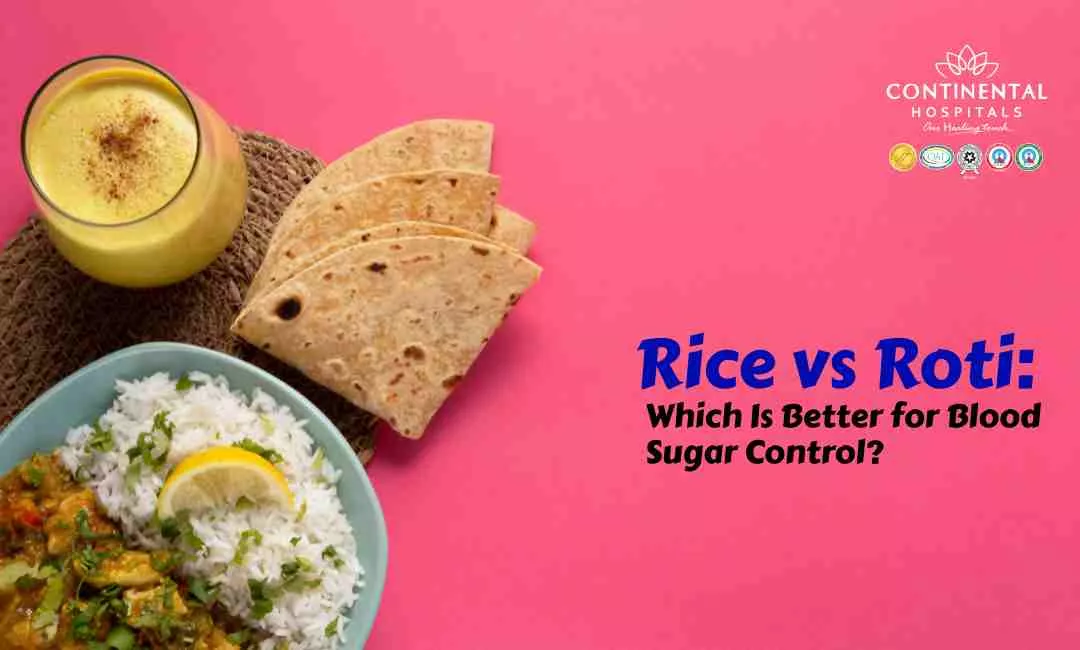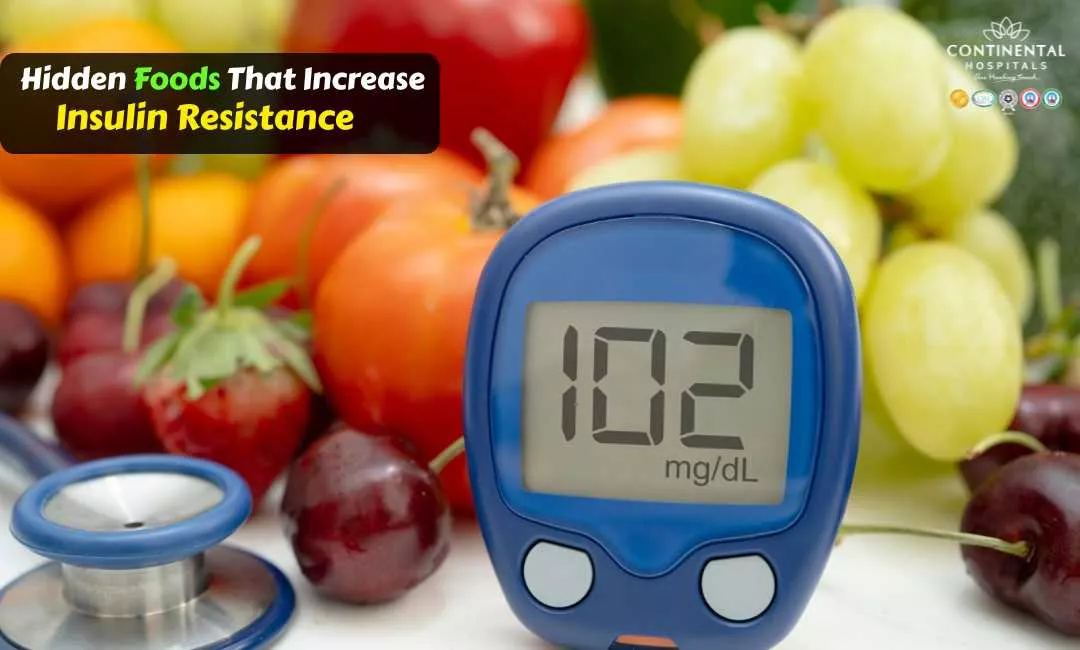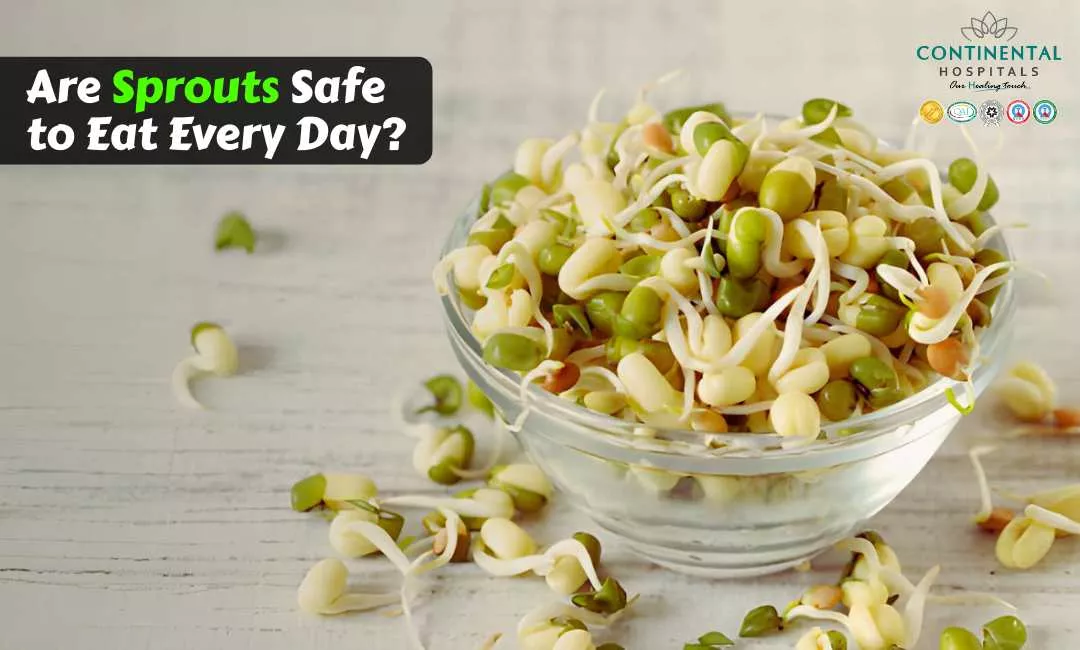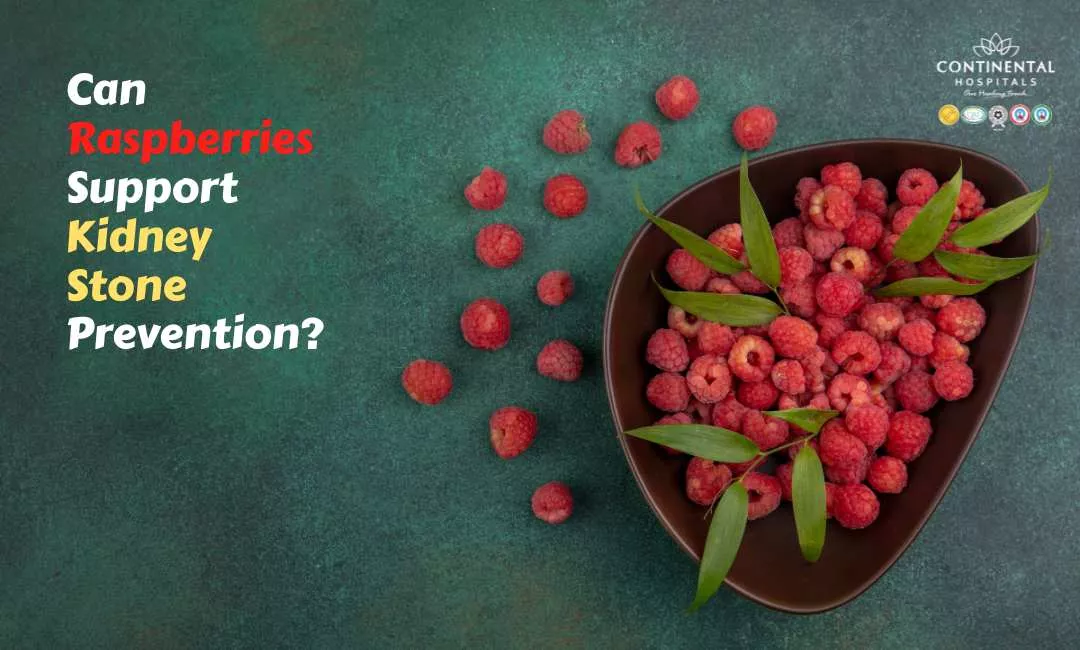Sugar cravings can be tough to beat. They can hit you out of nowhere, leaving you desperately searching for anything sweet to satisfy your urge. But before you reach for that candy bar or sugary soda, know that there are healthier ways to curb your cravings.
Side Effects of Eating Too Much Sugar
Weight Gain: Sugary foods and beverages are often high in calories. Consuming them in excess can lead to weight gain and obesity, increasing the risk of various health conditions like type 2 diabetes, heart disease, and more.
Increased Risk of Type 2 Diabetes: Excessive sugar consumption can contribute to insulin resistance, a condition where the body's cells don't respond properly to insulin. This can lead to high blood sugar levels and an increased risk of developing type 2 diabetes.
Dental Problems: Sugary foods and drinks can contribute to tooth decay and cavities. Bacteria in the mouth feed on sugar, producing acids that can erode tooth enamel and cause dental issues.
Risk of Heart Disease: High sugar intake has been linked to an increased risk of heart disease. It can raise blood pressure, increase inflammation, and contribute to unhealthy cholesterol levels.
Increased Risk of Certain Cancers: Some studies suggest that excessive sugar intake may be associated with an increased risk of certain cancers, such as pancreatic, colorectal, and breast cancer. However, more research is needed to establish a direct link.
Skin Issues: A high-sugar diet may contribute to skin problems such as acne and premature aging. Elevated blood sugar levels can lead to increased inflammation, which may exacerbate skin conditions.
Energy Imbalances and Fatigue: While sugar can provide a quick energy boost, it can also lead to energy crashes and fatigue shortly afterward. It causes fluctuations in blood sugar levels, resulting in periods of high energy followed by crashes.
Mental Health Effects: Some research suggests that excessive sugar intake may hurt mental health. It may contribute to mood swings, increased anxiety, and depression in some individuals.

Consult with a General Physician to get a personalized plan for sugar control that suits your specific needs and goals.
15 Foods That Can Fight Sugar Cravings
Certain foods can help regulate your blood sugar levels and keep you feeling full, making it less likely that you'll give in to sugary temptations. These foods are often packed with nutrients like protein, fiber, and healthy fats that can help stabilize your energy levels and keep you feeling satisfied.
1. Berries
Packed with antioxidants and natural sweetness, berries like strawberries, blueberries, and raspberries provide a burst of flavor without the sugar overload. Their fiber content helps regulate blood sugar levels, reducing the urge for sugary snacks.
2. Greek Yogurt
Rich in protein and probiotics, Greek yogurt satisfies cravings while promoting gut health. Opt for plain Greek yogurt and add your choice of berries or a drizzle of honey for a touch of sweetness.
3. Nuts
Almonds, walnuts, and other nuts offer a satisfying crunch along with healthy fats and protein. These nutrients keep you full for longer, reducing the desire for sugary snacks between meals.
4. Avocado
Creamy and nutrient-dense, avocados contain healthy fats that help stabilize blood sugar levels. Spread avocado on whole-grain toast or use it as a substitute for mayonnaise in sandwiches.
5. Dark Chocolate
Surprisingly, dark chocolate (with a high cocoa content) can satisfy sweet cravings while providing antioxidants. Moderation is key, so a small piece can go a long way in curbing your sugar desires.
6. Cinnamon
Adding cinnamon to foods not only enhances flavor but also helps regulate blood sugar levels. Sprinkle it on oatmeal, yogurt, or even in your morning coffee to combat sugar cravings.
7. Chia Seeds
Loaded with fiber and healthy fats, chia seeds expand in the stomach, keeping you full and reducing the need for sugary snacks. Mix them into smoothies or sprinkle them over yogurt or salads.
8. Sweet Potatoes
Packed with vitamins and fiber, sweet potatoes offer a natural sweetness that can satisfy cravings. Roast them as a side dish or blend them into a creamy soup for a nutritious meal.
9. Legumes
Beans, lentils, and chickpeas are excellent sources of protein and fiber, helping stabilize blood sugar levels and stave off sugar cravings. Incorporate them into soups, salads, or as a main dish.
10. Green Leafy Vegetables
Spinach, kale, and other leafy greens are low in calories and high in nutrients. They help reduce cravings by providing essential vitamins and minerals to the body.
11. Citrus Fruits
Oranges, grapefruits, and other citrus fruits offer a tangy sweetness along with fiber and vitamin C. Enjoy them as a refreshing snack or add them to salads for a burst of flavor.
12. Coconut
Coconut contains medium-chain triglycerides (MCTs) that provide a quick source of energy and help control cravings. Sprinkle unsweetened coconut flakes over yogurt or use coconut oil in cooking.
13. Eggs
High in protein and various nutrients, eggs keep you feeling full and satisfied, reducing the likelihood of reaching for sugary snacks between meals.
14. Quinoa
This ancient grain is rich in protein and fiber, making it an excellent choice to help stabilize blood sugar levels and prevent sugar cravings.
15. Apple Cider Vinegar
Consuming apple cider vinegar before meals can help regulate blood sugar levels and reduce cravings. Mix a tablespoon in a glass of water or use it as a salad dressing.
Incorporating these foods into your diet can help diminish sugar cravings and promote overall health. Remember, balance and moderation are essential. While these foods can aid in controlling cravings, maintaining a varied and nutritious diet is key to long-term health and wellness.
Consult with a General Physician to get a personalized plan for sugar control that suits your specific needs and goals.
Related Post Article
1. Managing Blood Sugar Levels: Tips and Tricks for Diabetics
2. Type 1 vs. Type 2 Diabetes: What's the Difference?
.webp)

